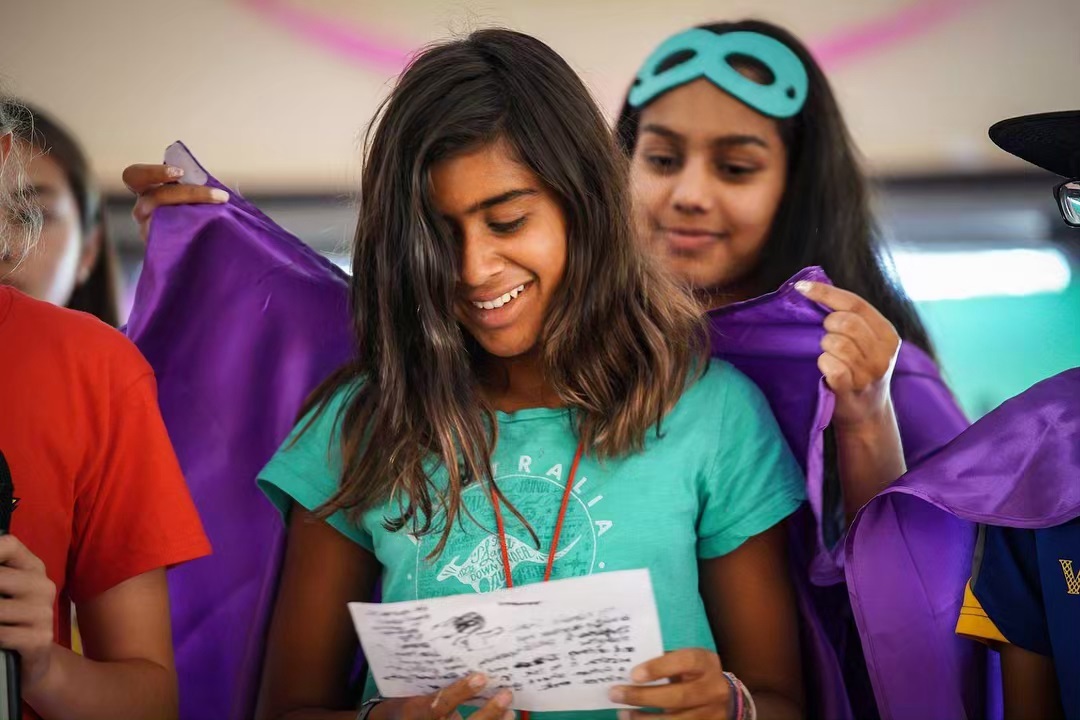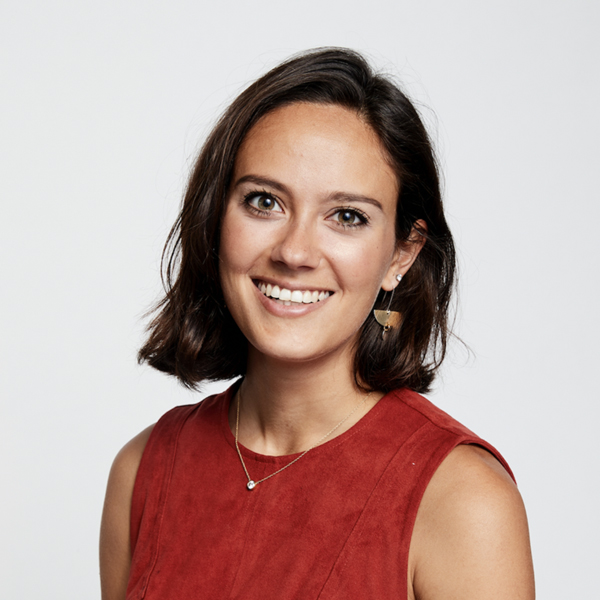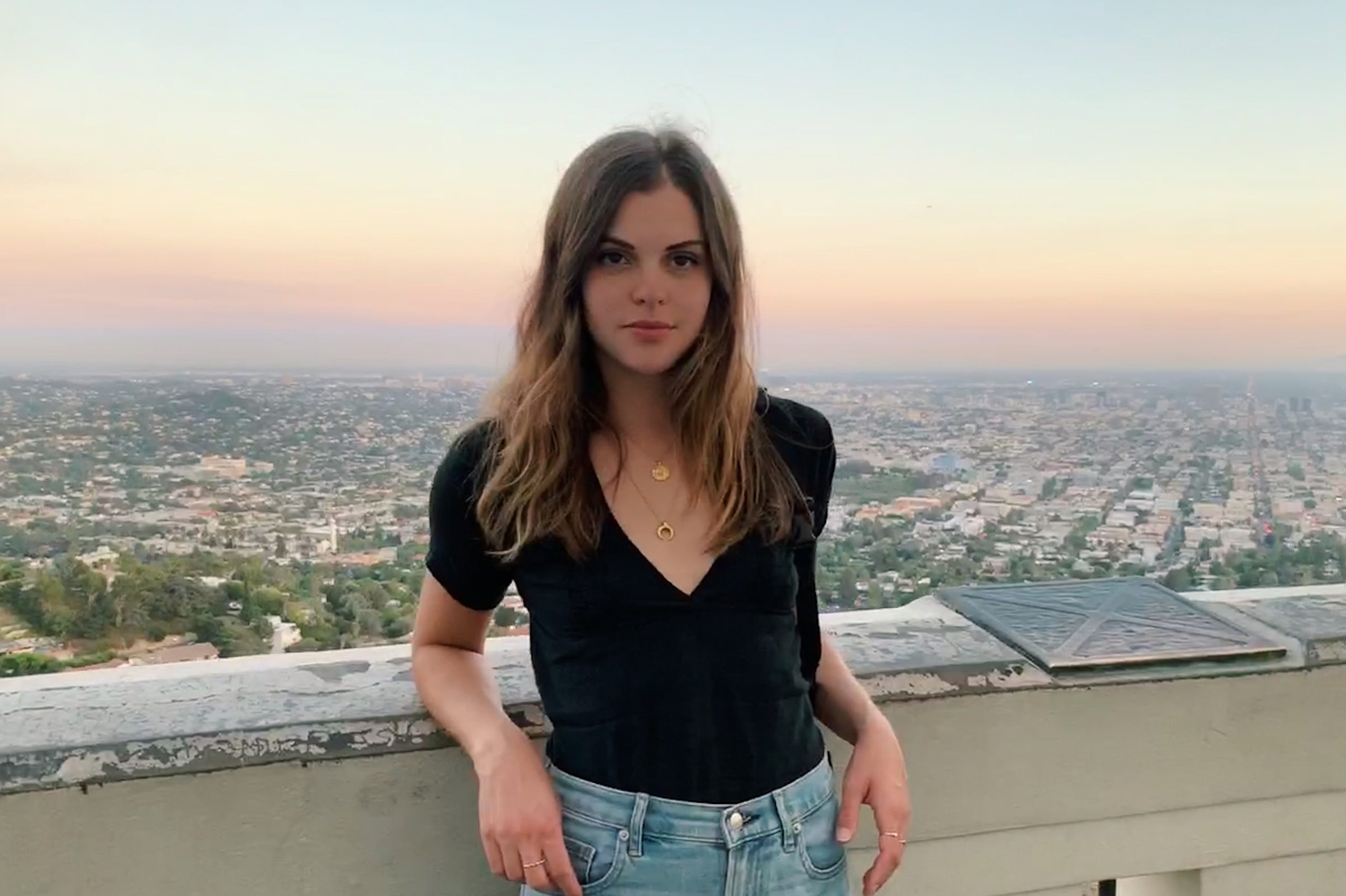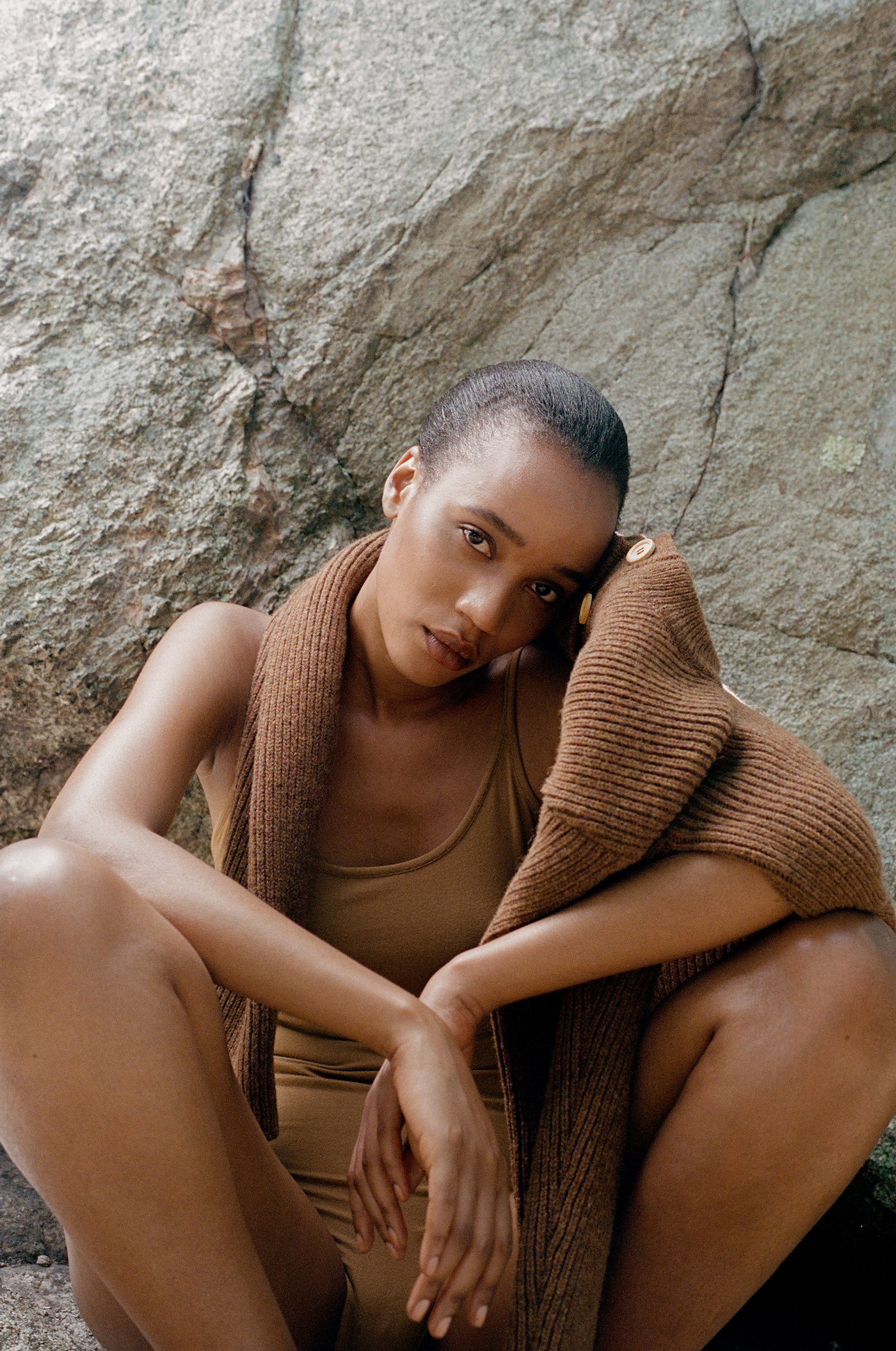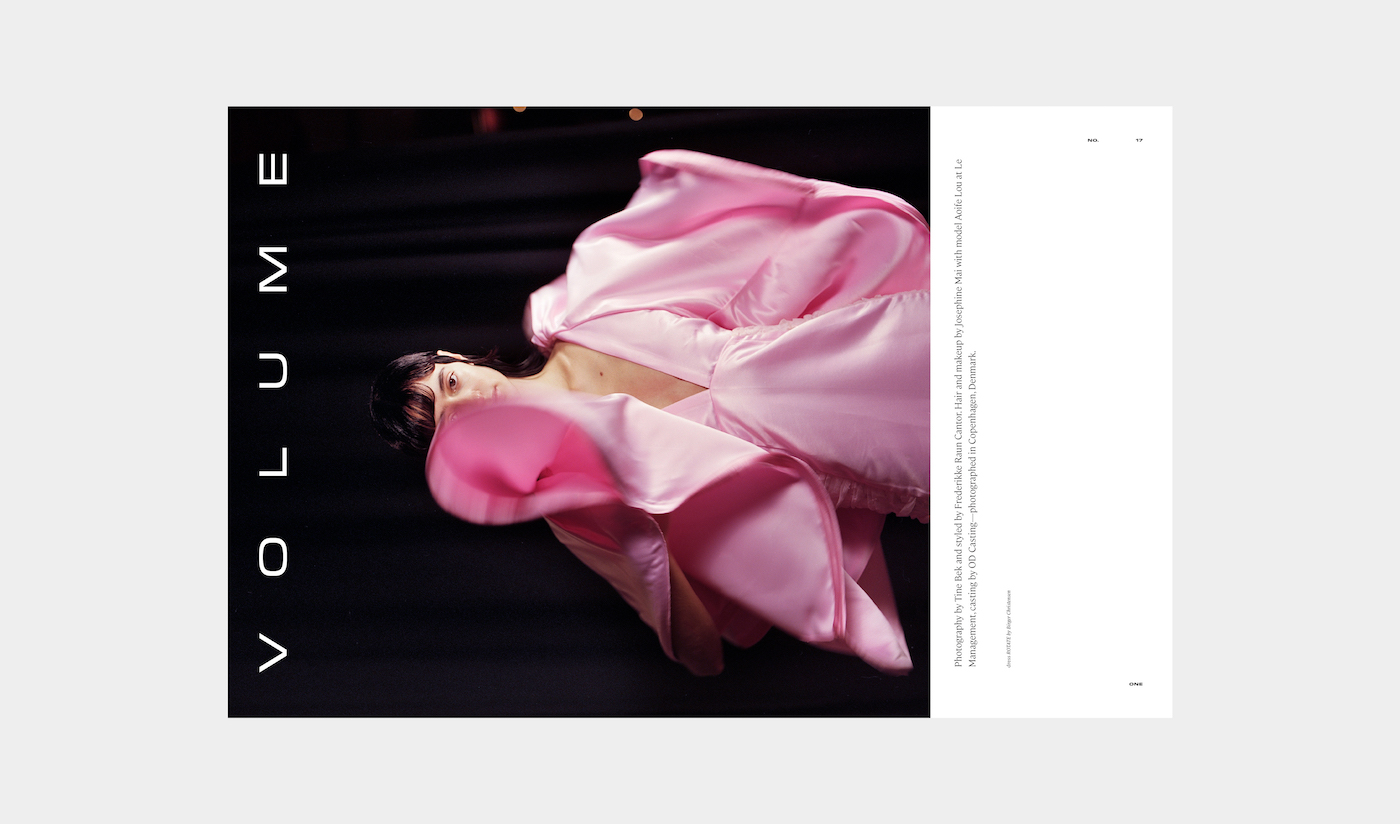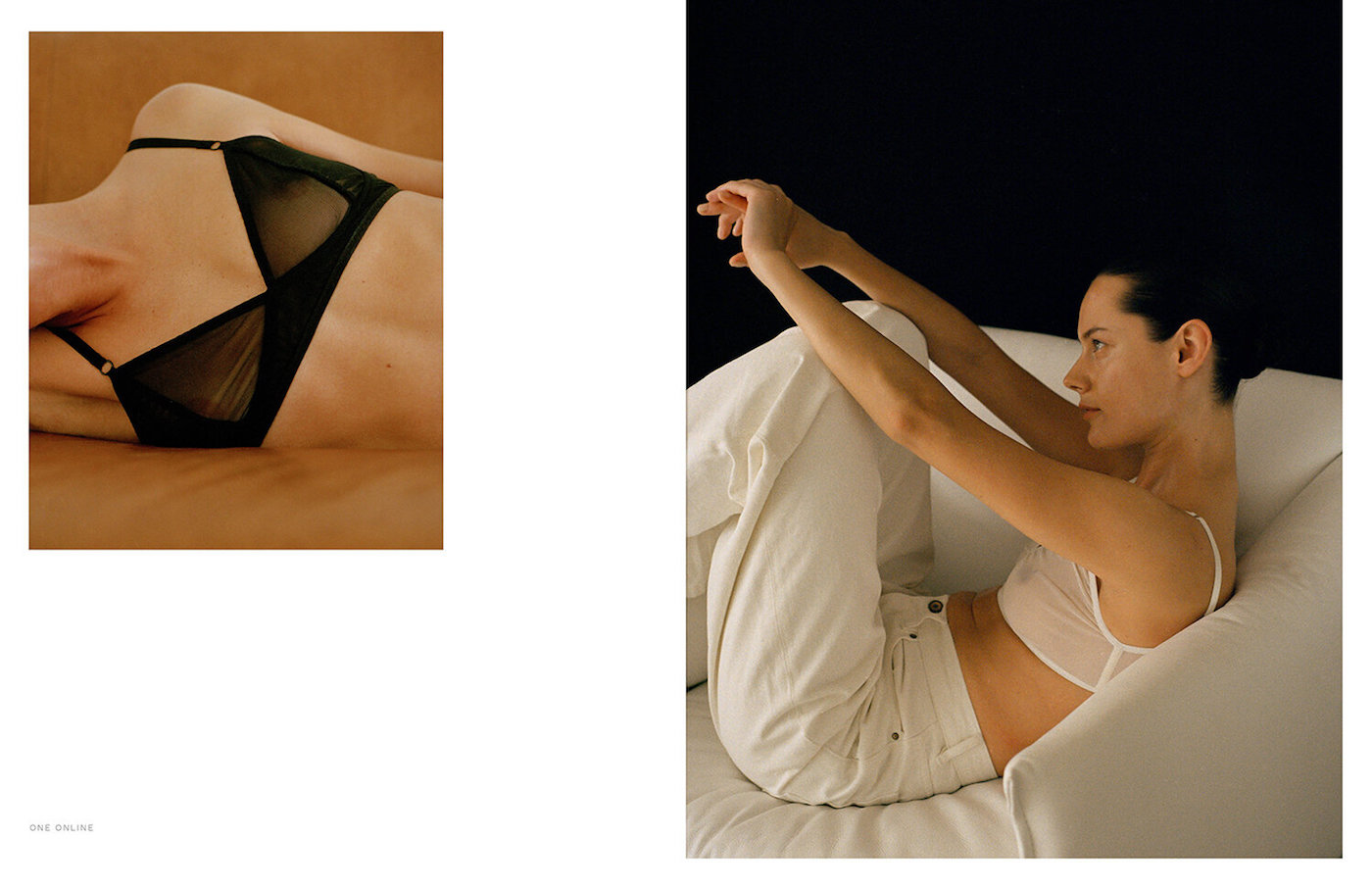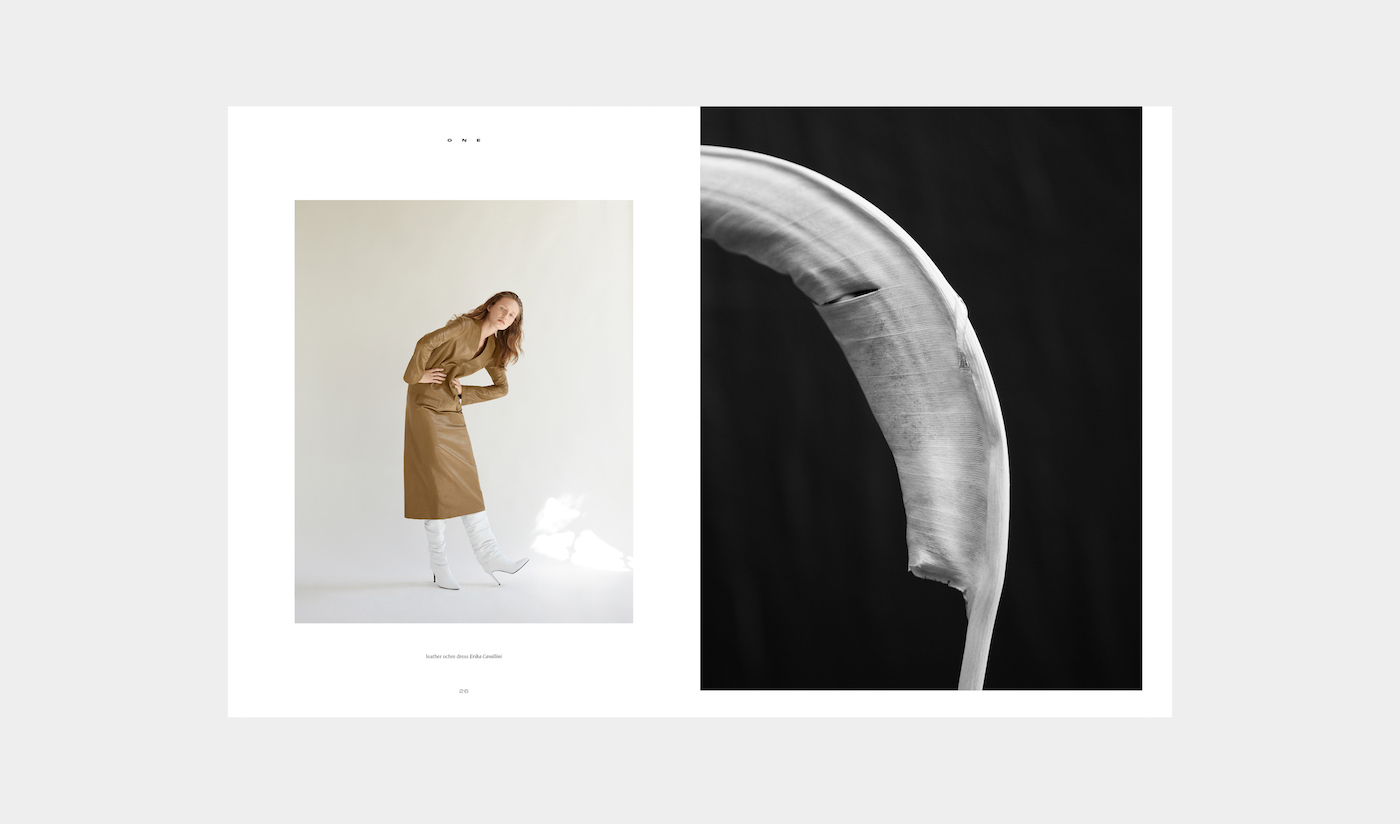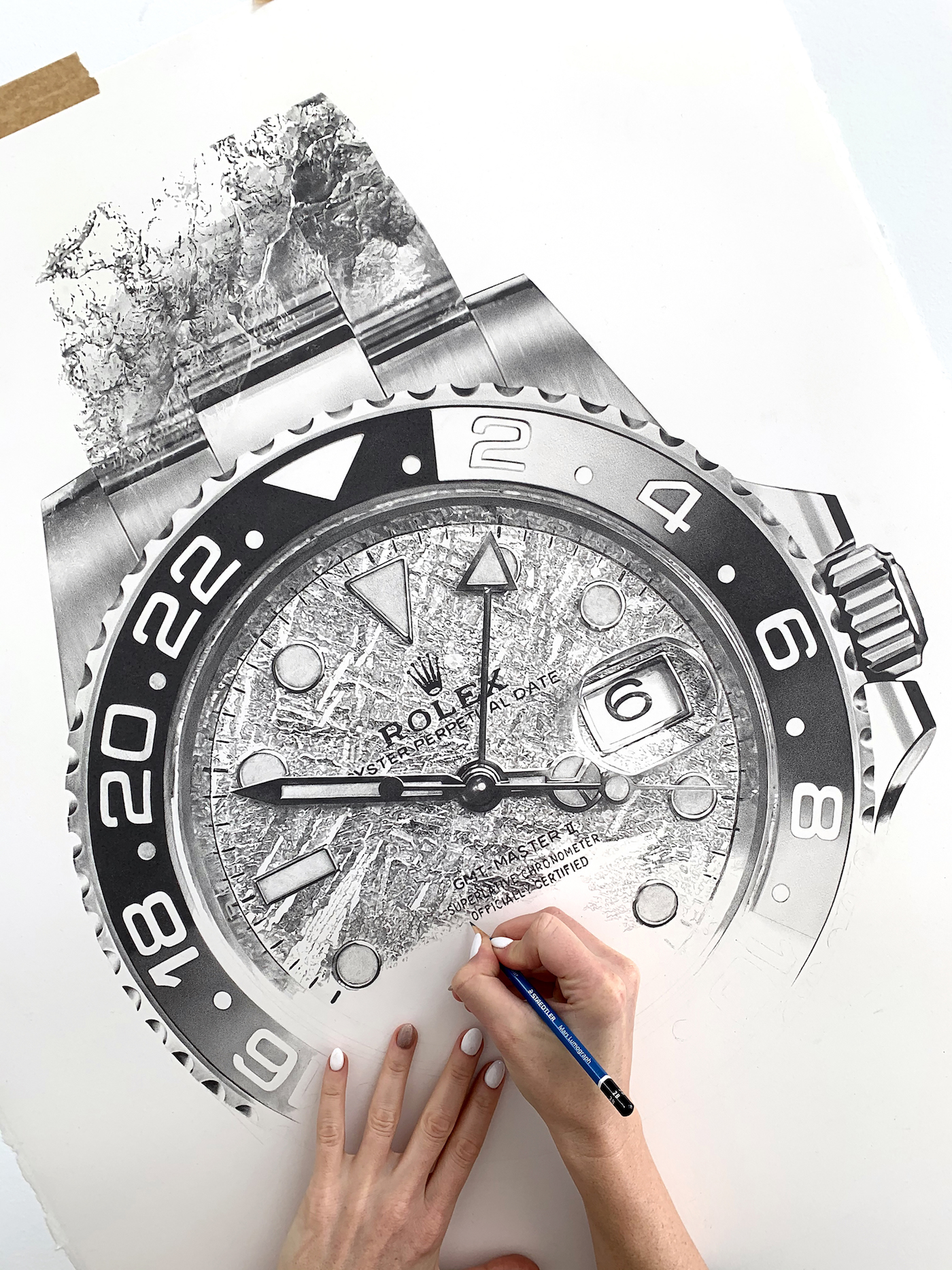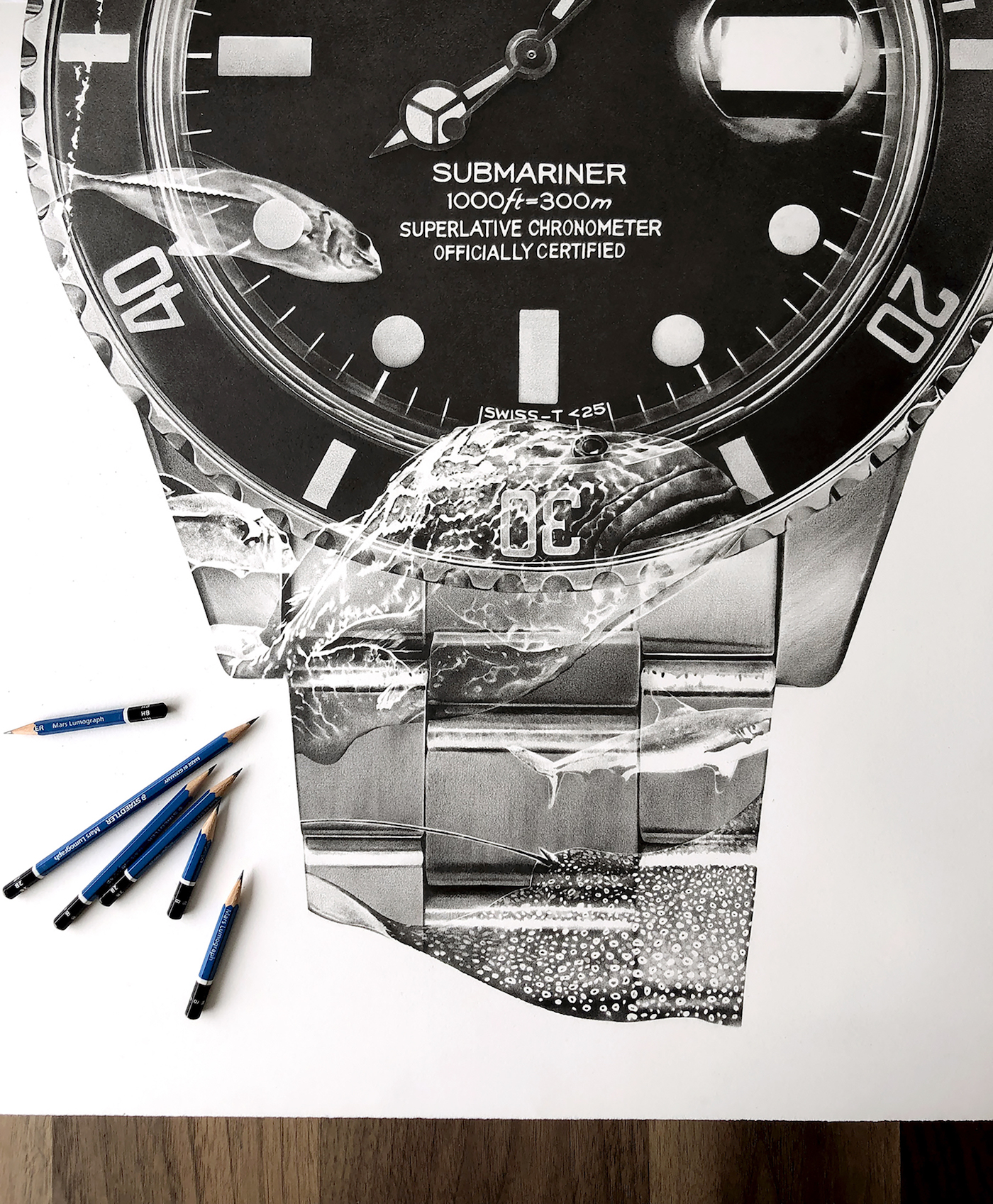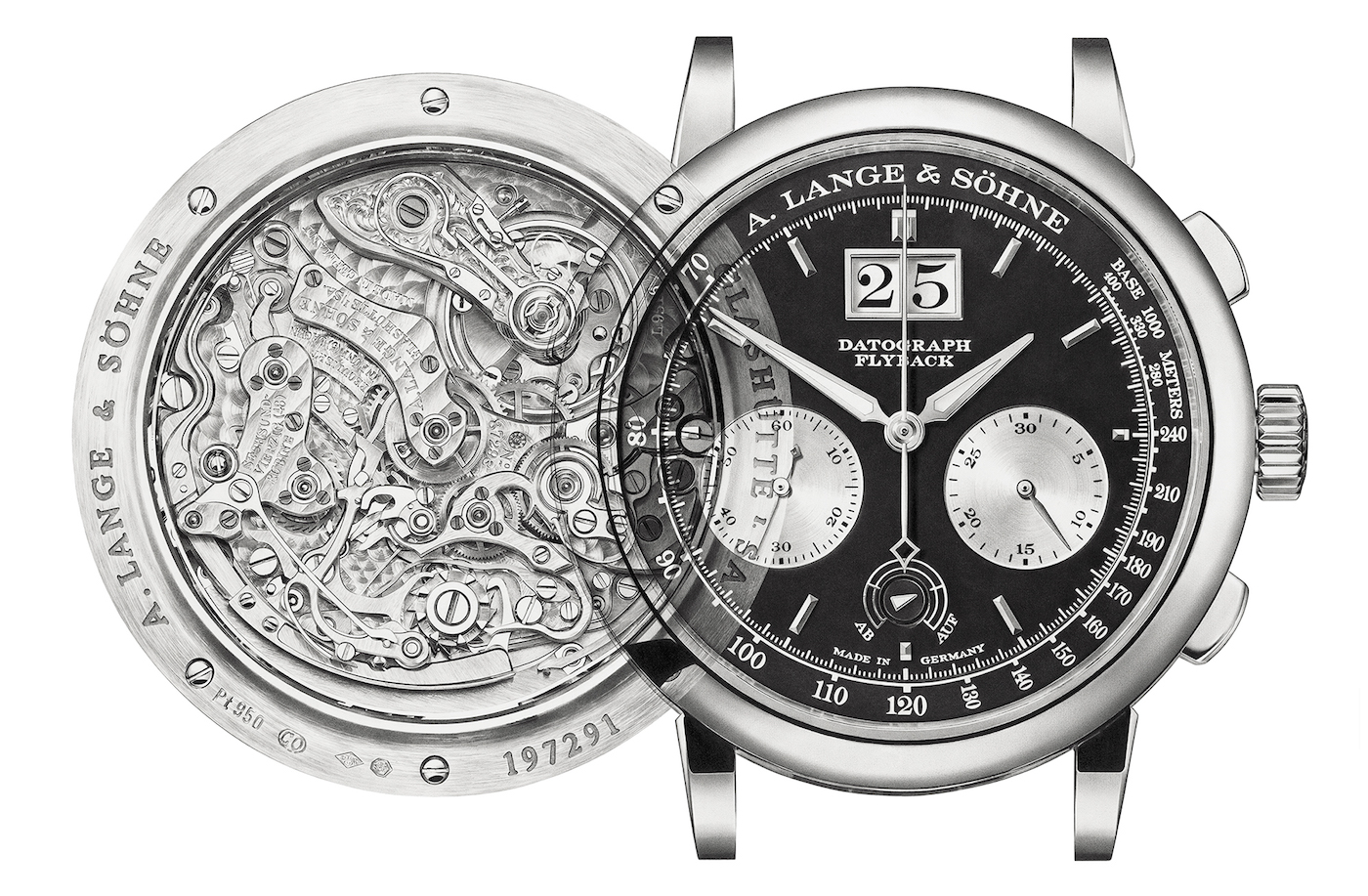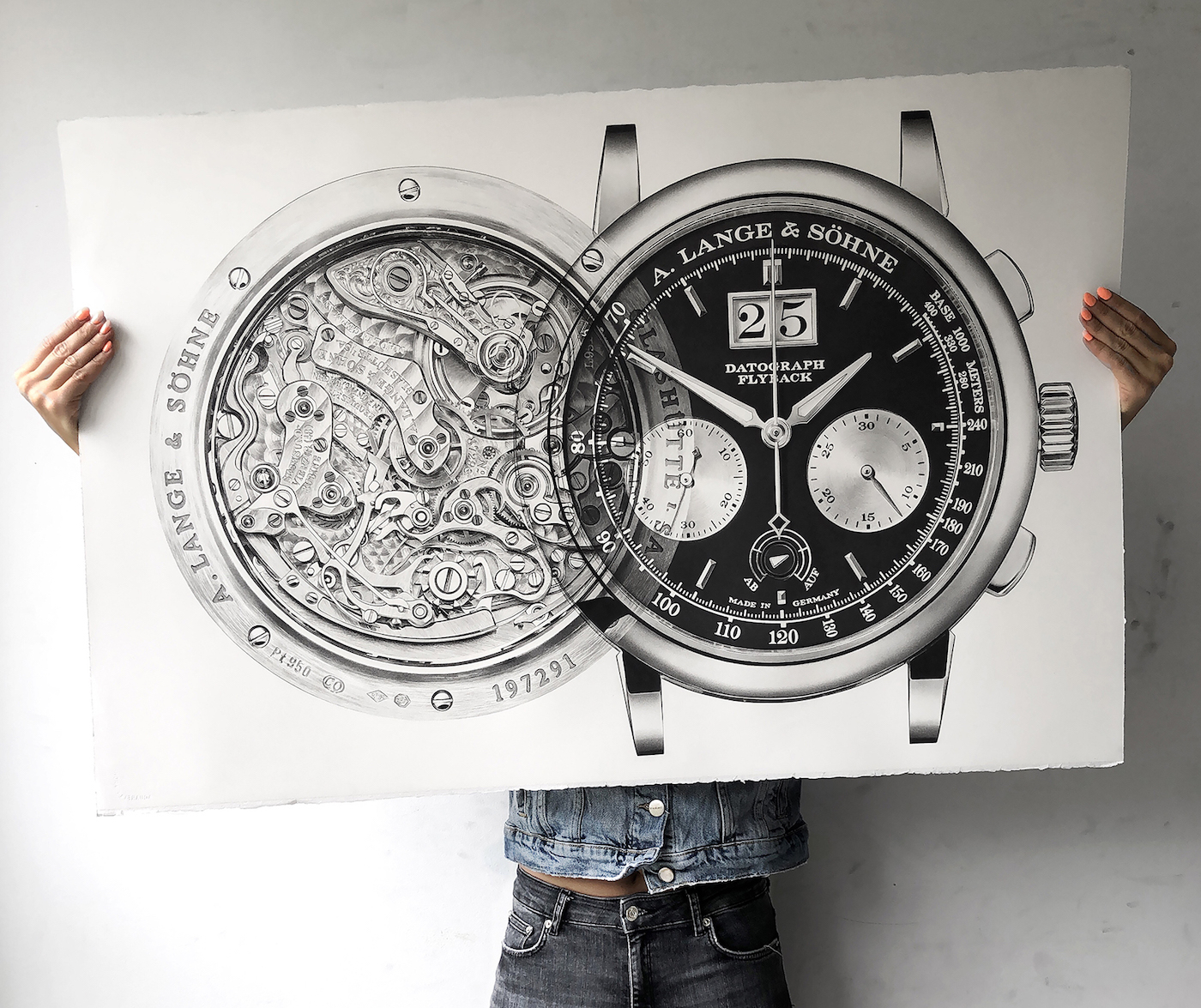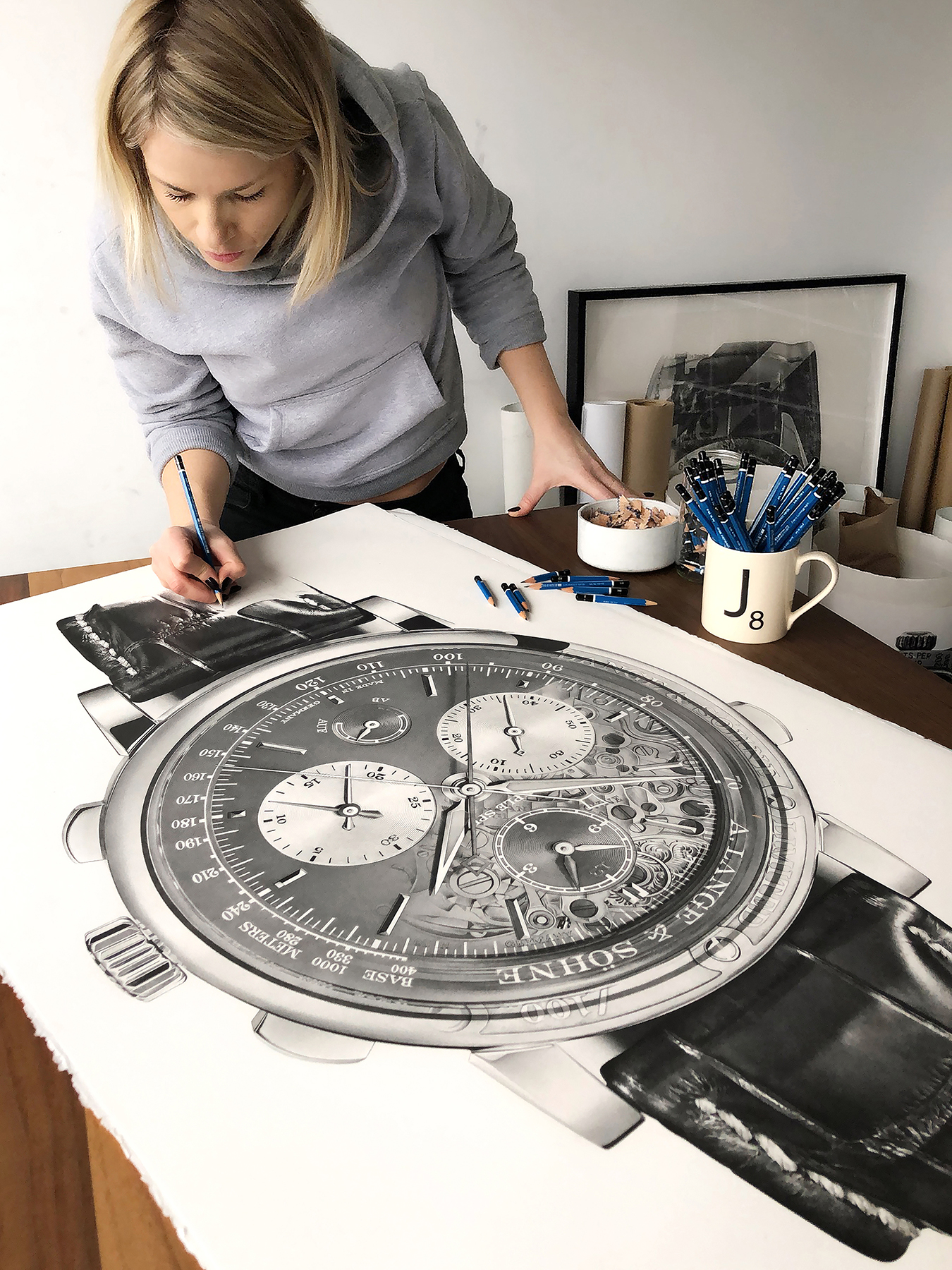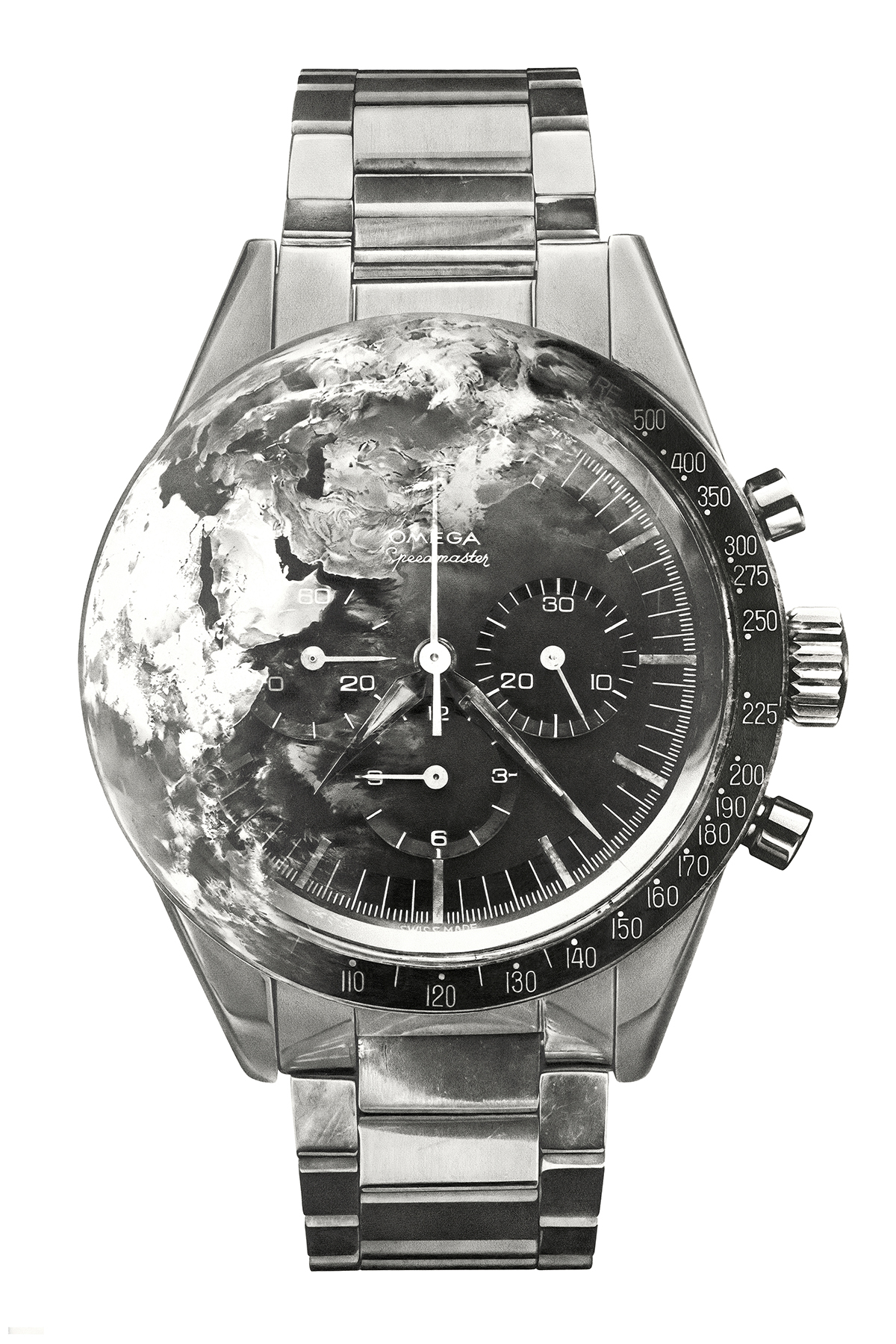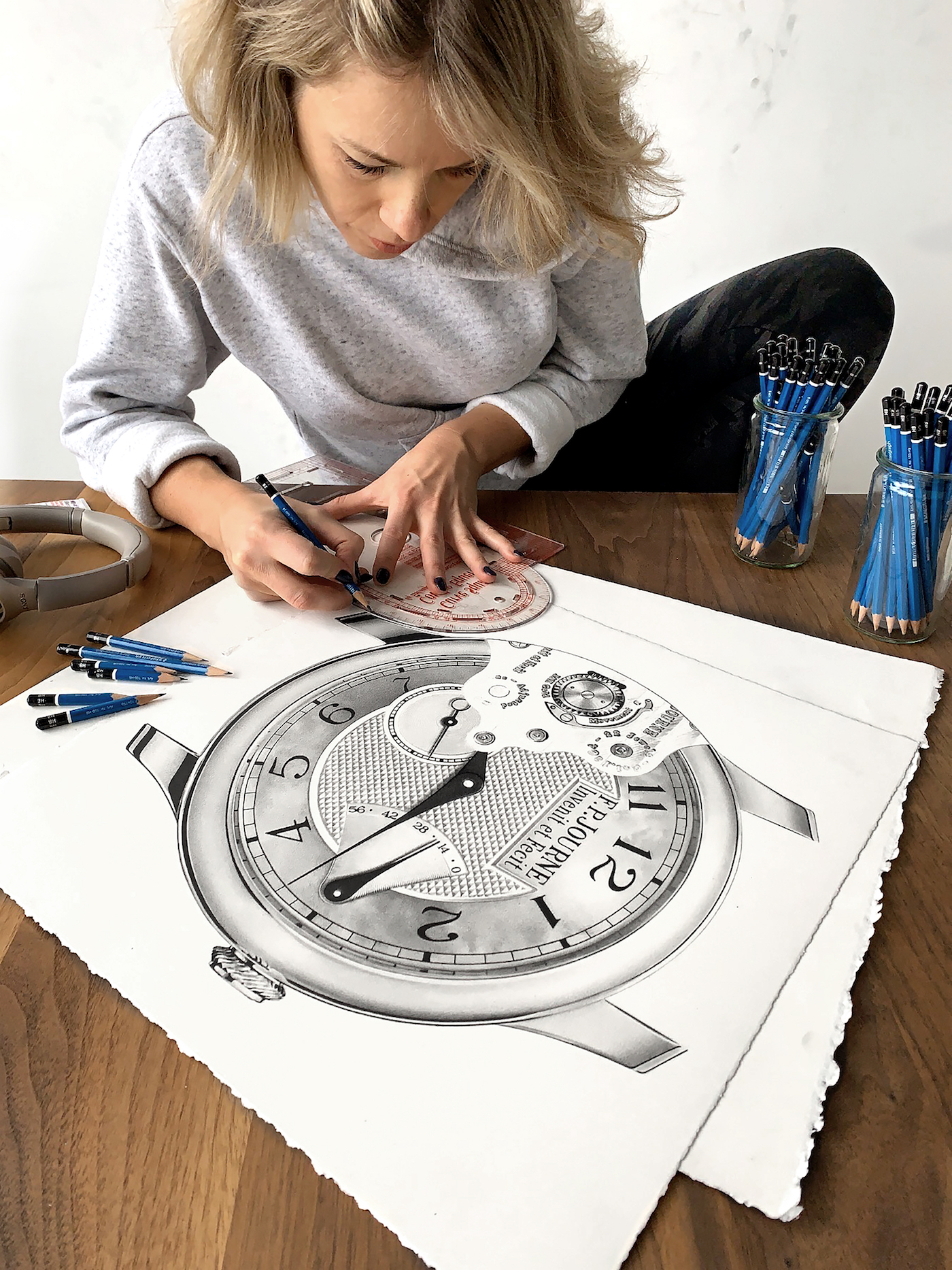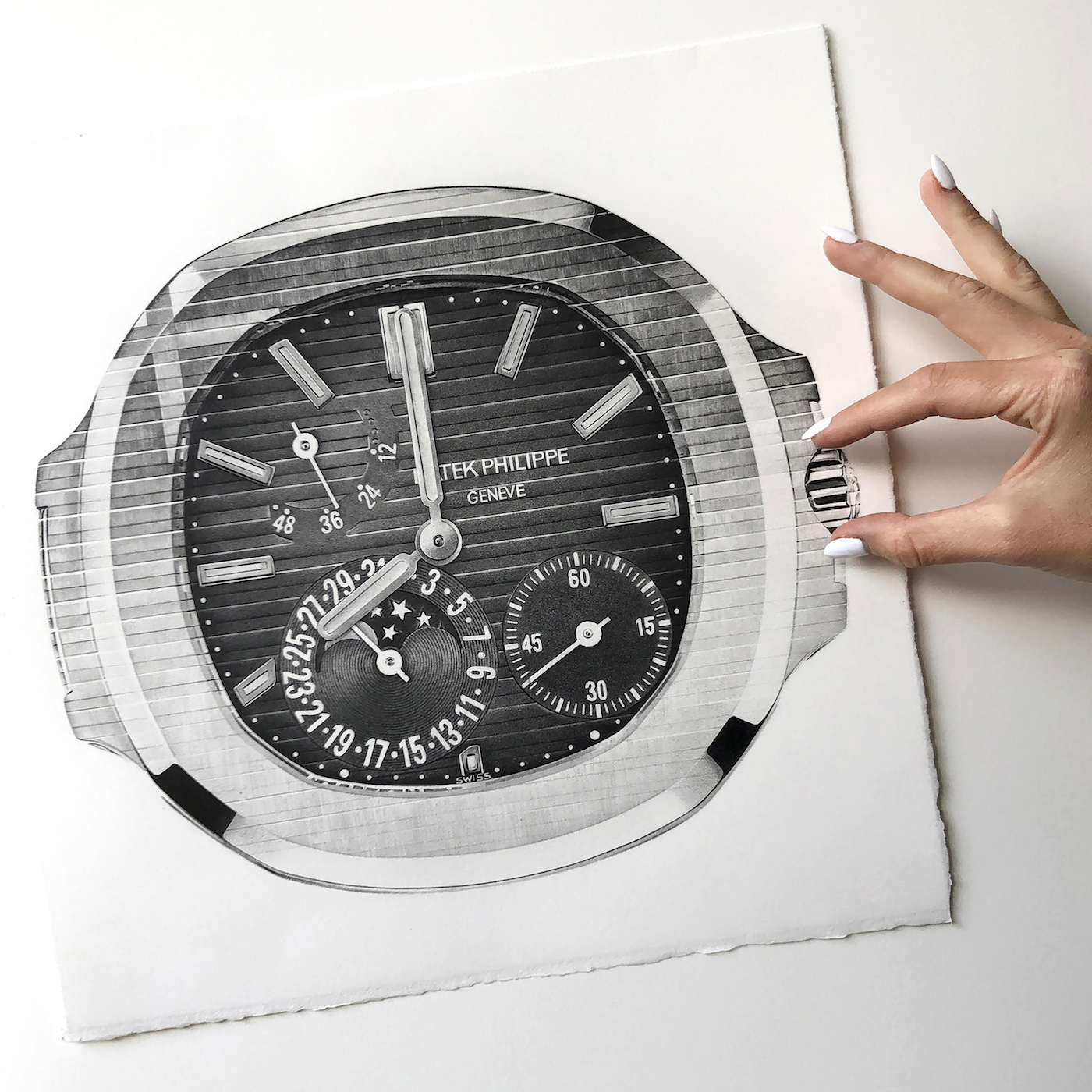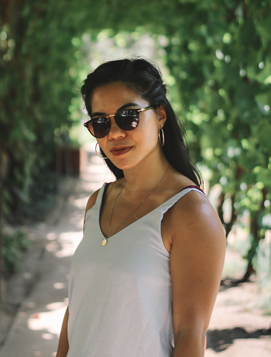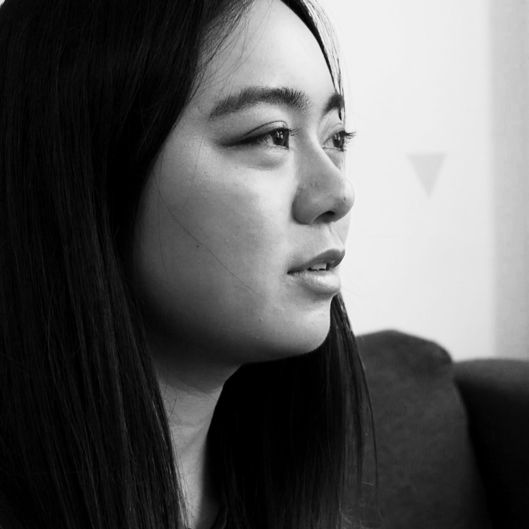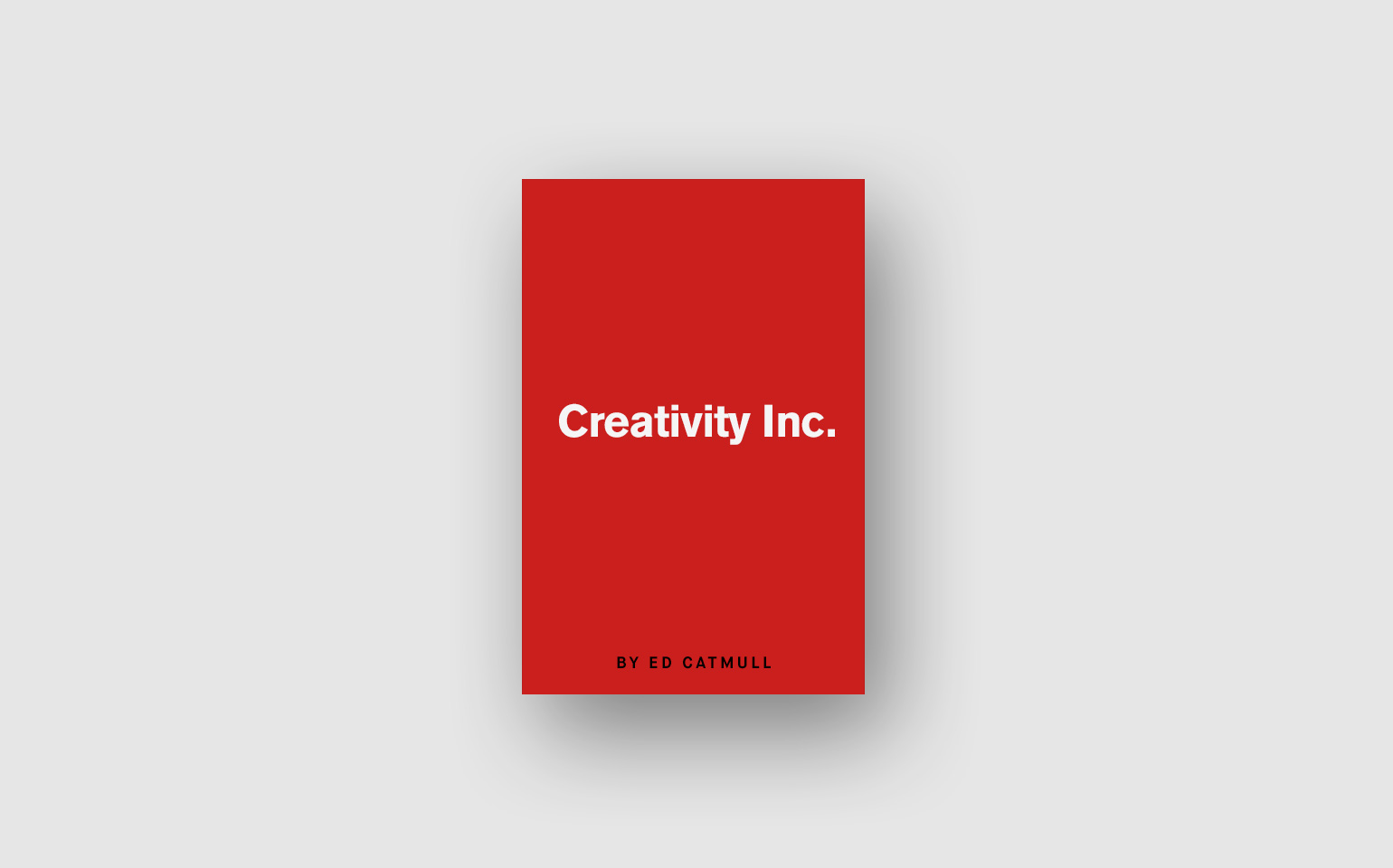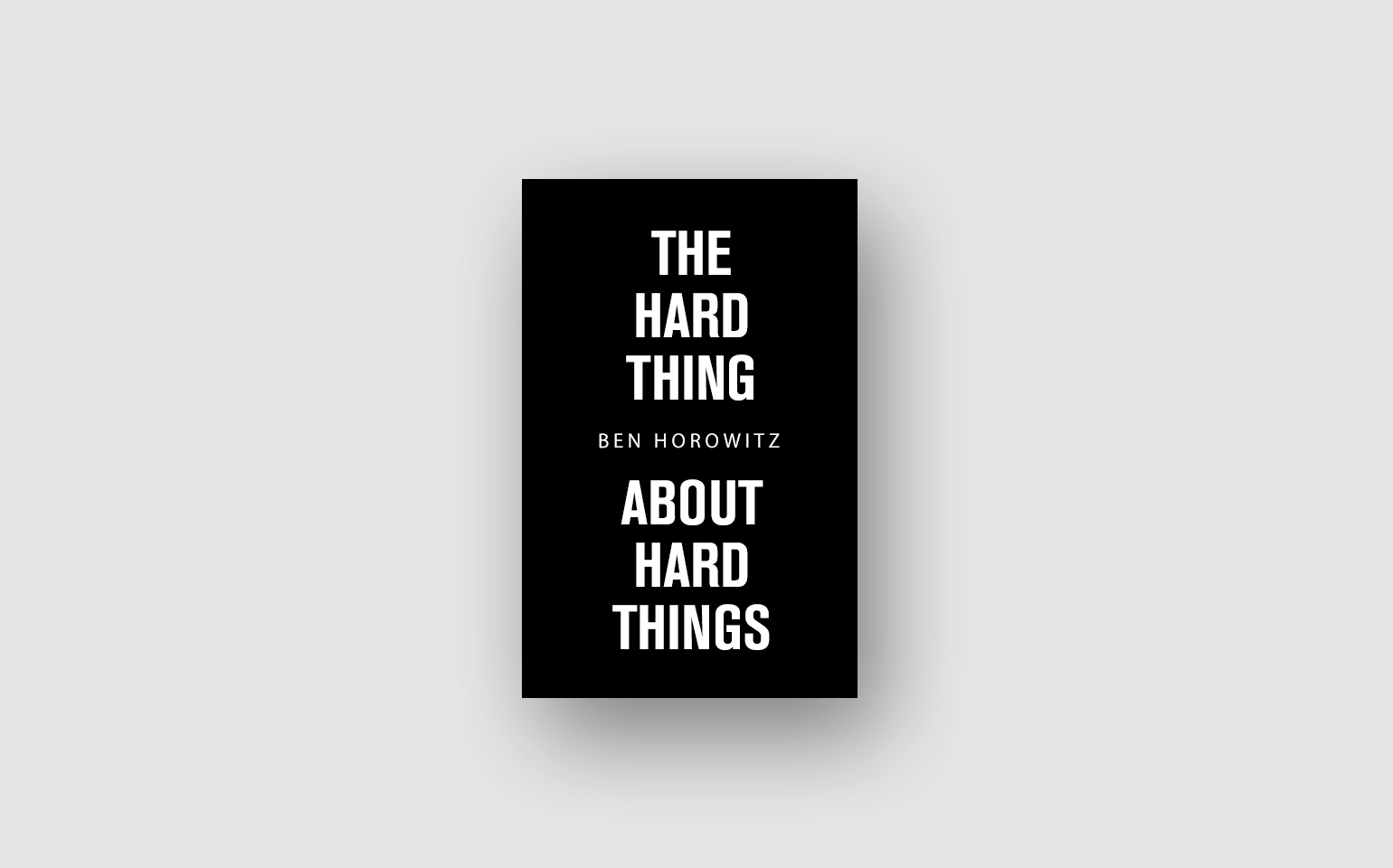The article below is an interview interview I did with FirstRound Capital back in 2014 but remains one of my favorite interviews today. If you're interested in getting some insight in how I approach my side projects (or even main projects) this article might give you the behind the scenes you were looking for.
___________
Tobias van Schneider lives his life like one big side project. Today, he designs and builds new products for Spotify in New York, but he couldn’t have predicted that when he dropped out of school at age 15 to work as an apprentice in a computer shop in Austria. He couldn’t have predicted that when he applied to graduate schools and design schools and was told repeatedly that he didn’t have enough training or talent to build a career.He couldn’t have predicted that even when he turned his side passion for visual and product design into a full-time job by opening up his own studio. He didn’t know what to expect. But from that point on, side projects have marked his path like breadcrumbs, leading him to where he is today.
As van Schneider was growing up, teaching himself new skills after work and on weekends, the idea of “side projects” became a foundational my thin the tech world. Products like Gmail, Craigslist, and even Post-Its can trace their roots back to work discovered and developed on the side. As a result, hackathons and other strategies have become standard practice at large companies and even startups to bottle this spirit and keep technical talent engaged.
This is great, van Schneider says, but not if it becomes a cliche. His argument: In order for side projects to truly succeed, they have to be stupid. Here’s what he means, and how it can help your company stay creative and competitive:
Let Yourself be Stupid
“The only way a side project will work is if people give themselves permission to think simple, to change their minds, to fail — basically, to not take them too seriously,” says van Schneider. “When you treat something like it’s stupid, you have fun with it, you don’t put too much structure around it. You can enjoy different types of success.”
When you think about it, most of the side projects we point to as huge successes were never intended to be anything more than experiments.Side projects include everything employees do outside the bounds of normal work hours or within bounds if they work at a company that puts time aside for employees to explore independently (think Google’s famous20% time rule). At a certain point, about 50% of Google’s new projects were born out of this time. New companies have emerged too, with first-time entrepreneurs like Artillery CTO Ian Langworth turning weekend experiments with friends into full-time jobs. At the start of any and all of these projects, no one had a grand plan for turning them into massive,profitable ventures. As van Schneider puts it, “If you think that way, you lose the magic.”
“Side projects are great because you don’t need to know anything. You get to be a beginner because no one is watching you and there are no expectations,” he says. “If you don’t have an idea, don’t stress about it, just go do something else. It’s this attitude that it doesn’t matter that allows us to be inspired and to work on only the things we truly want to work on.”
Sounds great, but as van Schneider points out, keeping side projects stupid can be really, really hard — especially in an industry where everyone talks about funding, scale, and data-driven decision-making. If you’re not careful, you can forget why you ever wanted to work on something in the first place. Below is a list of valuable lessons both companies and individuals can learn from stupid side projects.
Take It One Step at a Time
Side projects are simple.
Immersed in the New York startup scene, van Schneider is surrounded by people working on countless side projects, and he too is constantly drawn to new ideas. The advice he gives to himself and others is to keep things as basic as possible for as long as possible.
“Think of the very, very first step you would take to realize your idea,” he says. “I think when people work on ‘stupid’ side projects, they spend more time thinking this way. You have to chunk out your time to work around your day job, so you’re constantly thinking about the minimum thing you can do to push the project forward. You think in terms of very small next steps.”
The benefit here is that you’re prevented from overthinking and killing your buzz. When you work on something because you feel like you have to, not just because you want to, there’s a tendency to overreach.
“A lot of people ask themselves questions until they’re so scared of the future they’ll never do anything new.”
These questions probably sound familiar:
- How do I scale this thing?
- Can I really find financing for this?
- Do I have a decent chance of being successful?
- “Oh my god, someone else out there is doing exactly the same thing! What now?”
- Who has already done this better, faster, smarter than me?
“All of these doubts kick in, overcomplicate things, and kill projects that could have become something,” says van Schneider. “When you’re focused on just taking that first step, or that next right step to keep things in motion, you won’t ask yourself all these questions.”
My first piece of advice is to just fucking do it.
There’s a famous Steve Jobs interview where he talks about the moment he realized that the world was defined and built by people who were no smarter than him. It was the same moment he knew that he was free to make anything possible.
“I love that interview because that’s not how most people learned things in school,” says van Schneider. “We’re taught from the beginning that we have to sit there and learn from people who are smarter than us. Sure, there might be people who are more experienced, but they also had to learn and fail to get there, and we often don’t get to see that part. I think once you embrace this reality, so many doors open and failure doesn’t matter anymore.”
Being immune to failure is another hallmark of successful side projects. Because you’re not depending on them for your livelihood, you have the luxury of failing, of calling ‘Do over!’ when things aren’t going so well, and nothing bad will happen to you.
“If you can remove all fears and go one step at a time, you will find things that will guide you along the way,” says van Schneider. “You will learn new things, absorb new information, meet people, get feedback, see demand in different areas — new doors will open up for you.”
When he’s talked to people who have built successful side projects, he says they mostly tell him the same thing: “I was just living life and doing what I loved. When I saw something happening, I reacted, but I didn’t force it.”
Ditch Your Obsession with Growth
Side projects aren’t about rapid scale.
Van Schneider is a fan of another entrepreneur: Sophia Amoruso, founder of online fashion store Nasty Gal. Today, the company employs hundreds of people and brings in over $100 million a year — and it began as a hobby. Amoruso loved collecting vintage clothes and selling them on eBay. It was fun. A personal challenge. When she realized people were willing to pay quite a bit for some of her products, she gradually amped up her inventory and re-prioritized her life until she was running the company full-time. But none of this describes why she got started in the first place.
A lot of people talk about the importance of “doing what you love,” but what’s important is all the meaning packed into the word “love,” van Schneider says. Love is not just talk or professed passion. It’s hard work. It’s focused dedication at odd hours, trying new things, knowing every step of the way that chances of traditional success are slim. It’s being fine with staying small. “You do it because you’re enjoying yourself. When this is the case, you don’t give up when you don’t see growth; and when you don’t give up, anything can happen.”
Remember, success also comes in the form of learning new things, meeting the right people, feeling personally fulfilled, he says. You don’t know what will happen next. Perhaps your side project will lead you to your next job,your spouse, or a sustainable living that gives you the freedom to keep exploring.
There are so many startup success stories out there now that people think there must be a recipe for how to build toward a multi-million dollar exit. In fact, a lot of blog posts, books and speakers espouse formulas that they swear will work. But van Schneider disagrees. “When I look at examples like Sophia and Nasty Gal, I couldn’t write down a plan, give it to someone else and have them repeat it,” he says. “With the biggest successes, that is never the case.”
Side projects only get bigger when you want them to.
“Sometimes your project might grow so that you have more work than you can handle by yourself, especially if you still have a full-time job,” says van Schneider. “When this is the case, you have the chance to think about success looks like to you. You can bring people on to work with you only if you want to.”
As a byproduct, you also get to be more thoughtful about who you bring into your fold. When you love what you’re doing, you want to work with people who operate on the same wavelength and who believe in the project and its potential as much as you.
Trust Yourself More
Side projects make you the boss.
“When you feel real ownership for a project, you become more confident in your decisions,” says van Schneider. “You might change your plan and that’s okay. You are always right when it’s your project.”
When you adopt this attitude and start trusting in yourself and your skills, you are much more likely to succeed at what you’re doing. Promising projects die when you sidestep risk and doubt your abilities. Van Schneider — who is 100% self-trained in design — has experienced this firsthand. Despite all the rejection letters he racked up from graduate programs, he didn’t allow himself to get discouraged. He opened his own studio anyway.

“When someone tells me I can’t do something, I say, ‘Thank you, now I’m definitely going to do it.’”
“When you’re working on a side project, you have the time and the choice to invest in learning new things,” he says. “You can also be choosier about the feedback you take. When you do take it, it’s because you truly want to get better at something.”
A lot of people face negative feedback in their jobs, whether it’s judgment from managers or co-workers or the anxiety of running out of time. “If you adopt a ‘side project’ mindset, you can turn this into constructive energy,” van Schneider says. “Think about it. If you love your side project, even if someone says that it’s shit, you still love it. So take the feedback, figure out how it can make you stronger, and go with that.”
Two years after he opened his own studio, he started working with three other designers, and got hired to do a job by one of the universities that had rejected him not so long before. “There was this moment where I realized how important it was that I trusted myself all that time.”
How Companies Can Support Stupid Side Projects
The best thing a startup can do to maintain its creative edge and keep its most talented employees invested in the company is make time and space for stupid side projects, van Schneider says. While larger companies like Google and Apple can build this into people’s jobs on a regular basis,more and more startups are providing time in the form of hack weeks and hack days.
“At Spotify, we host week-long hackathons which are basically paid vacations during which people can hack on anything they want,” says van Schneider. “A lot of what gets made comes out of frustrations — things people want the product to do or things they have always wanted to make possible.”
This is a fairly classic narrative. He cites the example of Tina Roth Eisenberg, creator of design blog and studio Swiss Miss, who created the site Tattly to sell tasteful, well-crafted temporary tattoos after her young daughter came home from school with a poor facsimile on her arm. “At no point was she thinking, I’m going to scale this like crazy and get rich,” says van Schneider. As a company, you want to appeal to the people who simply want to do something cool and fill a gap.
“Companies underestimate how important it is to give employees the time and space to listen to their hearts and explore the things they are interested in,” he says. “This is something that is impossible to measure — which turns a lot of people off in this very data-driven business. But when you look at people like Sophia from Nasty Gal, you can just see how much heart is involved.”
“Humanity is trying so hard to measure everything. We have to resist this attitude.”
“At Spotify, we’ve tried really hard to establish this philosophy. With our Hackathons, we do our best to tell people to trust themselves, go crazy — we absolutely don’t care if what they produce turns into anything. We try to make this very clear.”
The corollary to this is that a company needs to have a system to take the ideas produced by Hackathons and do something productive with them.In general, Spotify chooses the top three ideas, and entrust the teams who create them with making them a reality. “There’s nothing more discouraging than saying, ‘Oh, you worked hard on that for a week? That’s nice, now go back to work.’ Even if you tell them you’re going to archive it and come back to it later, that’s something.”
Most importantly, companies need to thank hackathon participants for their effort, and for pouring their passion into these projects. Gratitude goes along way toward keeping people fulfilled and investing their full hearts in their work. You’d be surprised how many people come up with ideas at hack events and then decide to pursue them on their own when they don’t get support, van Schneider says.
Right now, Spotify is working to develop one of the projects that came out of a recent hackathon. The three people responsible for the idea were given a full year to flesh it out and implement it — they own it end-to-end.
“This is the best case scenario because you know these people are super passionate about what they are working on,” says van Schneider. “We made room in the product roadmap for these ideas. We take the risk that we might fail, but we make it clear that it’s okay if we do. It’s worth it to us as a company. We will pay three people to explore something risky for a year because this culture and attitude is so important to us. When you do this, people stay at your company and their motivation becomes contagious.”
He sees it happen all the time. Employees see that Spotify has invested in developing employee ideas and they suddenly can’t wait for the next hackathon to roll around. “When you have this kind of energy, you want to tell people that they don’t have to wait for the next hack day opportunity. Give them permission to take one or two hours out of every day where you’re paying them to innovate and pursue things they want to do. Build in ways for people to share this kind of work with their peers and their managers. Make them feel rewarded or you risk losing them.”
“If people find the time and have great ideas, they will do it anyway. They will be gone.”
Extremely talented people are the first to resist being locked into any environment. Van Schneider points to the team that created startup FiftyThree, makers of the Pencil stylus and Paper iPad app. “Many of them came out of Microsoft, tired of what they were working on, and they didn’t have the freedom to take their products to the next level. Most of their work was shelved,” he says. “You have to tell people so that they will believe you: ‘You know what, you can do this thing exactly the way you want to at our company. Give them the trust and responsibility and remove their fears. Those are the main ingredients for great projects.”
Facebook is a good counter example. They also had a talented team that wanted to try out something different. The result was Facebook Paper, a new app that experimented with new concepts but was not intended to replace the current mobile app. The company gave the team the resources to turn it into something real. “When people at Facebook see things like this happen they get inspired and motivated to pursue something new too. Their projects don’t have to be standalone products or financial successes,and the company will stand behind them. Just having creative people at your company is rewarding and high-impact.”
Creating a ‘Side Projects’ Culture
As with everything related to culture, this starts with hiring the right people.As van Schneider puts it, there are two categories of hires: 1) People who you could put in a room, get out of their way, and they will create remarkable things with little oversight; and 2) people who get stressed out when they don’t know what the next step is or what deliverables are expected of them.
“Some people completely freeze when you tell them that they can do anything,” he says. “It’s something good to ask in an interview to determine where people lie on this spectrum. It’s the difference between hiring someone who needs to be given targets to hit and someone who wants to create their own targets.” The latter category is usually more ambitious.
The key is to figure out what candidates’ primary drivers are. “What is the main reason they want to work with you? Is it the money? Is it their long-term goals and how your company fits into their career? Is their plan coming from somewhere else? Are they living someone else’s life? Their parents’ life? Their friends’ life? A lot of people are. These things are so easily buried under data and titles and equity.” A lot of this information can be mined by asking more personal questions in interviews, taking an interest in how people live their lives outside of work, and observing what kind of compensation package they would choose.
“In the end, people’s greatest side projects are themselves and their careers.”
The most successful companies in the future will be the ones that respect this. Van Schneider counts Spotify among their ranks.
Case in point: He landed his current job through connections stemming from a side project that he was deeply passionate about. He reimagined and wrote extensively about a new type of Mac email client that he named .Mail (dot Mail), completely rethinking how a mail application could handle attachments, calendar invites, and more.
“I just put these ideas out there and it got featured everywhere. FastCompany was writing about it and they called it email reinvented. It just went viral,” he says. “It’s fascinating to me, because before I published it, I showed it to so many friends who said they didn’t think it was anything special, and I just decided, you know what I’m going to do it anyway.”
Suddenly he was getting picked up by the likes of Wired and other major publications. People who ran large email clients at Google, Yahoo and Microsoft reached out to him asking if he wanted a job. He forged relationships with many of them that he still maintains today. In the end, it led him to Spotify, and the opportunity to reinvent how people interact with music on web and mobile interfaces, a challenge that compelled him.
The irony of .Mail is that so many people asked, even implored him or someone else to build the model he described in the article he published,and while he hacked on it for a while he ultimately gave it up. “I realized I was passionate about thinking about the problem, but not actually fixing it,” he says.
“I didn’t build it because it stopped being fun. It stopped being stupid.”
______
I hope you enjoyed this article. Thank you for reading,
Tobias

